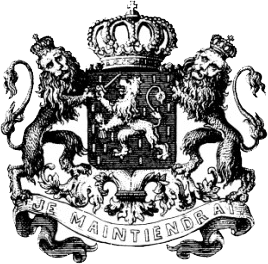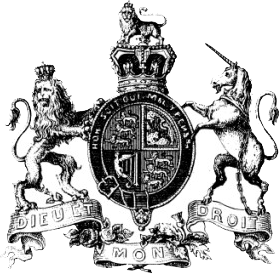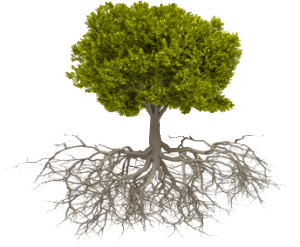Every morning I wake up, prepare breakfast, and go straight to my computer to enter 1 page of data into my spreadsheet. I am compiling the baptismal records of the Dutch Reformed Church of Albany. The records stretch from 1683-1809.
 At first, I started entering the data because I wanted to see which Albany families switched their religious affiliations from the Dutch Reformed to the Anglican Church between 1754 and 1775. Anyone who wanted to curry favor with royal officials for land grants or sinecures attended the Anglican service during the French and Indian War, when the British Army used Albany as a military headquarters. Attending the Anglican service showcased the Albanians’ Britishness.
At first, I started entering the data because I wanted to see which Albany families switched their religious affiliations from the Dutch Reformed to the Anglican Church between 1754 and 1775. Anyone who wanted to curry favor with royal officials for land grants or sinecures attended the Anglican service during the French and Indian War, when the British Army used Albany as a military headquarters. Attending the Anglican service showcased the Albanians’ Britishness.
With nearly 7,000 data points entered, I have come to realize that I will be able to glean much more information than I thought I wanted. I will be able to determine ratios of male and female children, how many children carry the name of a parent or godparent, the number of slaves, free blacks, and Native Americans the church baptized, and the relative number of intermarriages between the Albany Dutch and the English, Scots, Irish, Welsh, French, & German newcomers.
 The thought of obtaining concrete demographics for the ethnic makeup of colonial, revolutionary, & Early Republic Albany has me both giddy and perplexed. Surnames yield so much and yet so little information. The record keepers of the Dutch Church sometimes converted English surnames into Dutch surnames: Yates became Jaets or Jeets. Long-time families like the Gansevoorts, Van Zandts, and Pruyns identified as Albany Dutch even when their forefathers came from Germany, Portugal, & France (respectively).
The thought of obtaining concrete demographics for the ethnic makeup of colonial, revolutionary, & Early Republic Albany has me both giddy and perplexed. Surnames yield so much and yet so little information. The record keepers of the Dutch Church sometimes converted English surnames into Dutch surnames: Yates became Jaets or Jeets. Long-time families like the Gansevoorts, Van Zandts, and Pruyns identified as Albany Dutch even when their forefathers came from Germany, Portugal, & France (respectively).
Many Albanians proclaimed a dual identity. For example, in August 1775, Philip Schuyler wrote to his cousin and Abraham C. Cuyler, a loyalist & the last royal mayor of Albany, “it is much to be lamented that, the admirable [English] Constitution which our Virtuous Ancestors have purchased with their best Blood, has of late been most Notoriously trampled upon…” None of Philip Schuyler’s ancestors spilled their “best Blood” to preserve the English Constitution. His bloodlines emanated entirely from the Netherlands.
 I use "Albany Dutch" to describe long-established Albany families because so many of them expressed a composite identity with both the culture of their forefathers and the politics of where they lived. Perhaps herein lies the solution to my problem.
I use "Albany Dutch" to describe long-established Albany families because so many of them expressed a composite identity with both the culture of their forefathers and the politics of where they lived. Perhaps herein lies the solution to my problem.
Rather then labeling a surname by its ethnic origins (if it can be determined), I should consider how far back a family’s roots stretch in the history of Albany. If they go back 2 generations or more the family likely identified as both Albany Dutch and as a subject/citizen of whichever nation New York belonged to. This proved to be the case with the English Yates family and the German Gansevoort family.
I have plenty of time to think about this question as I am only up to 1755 with my data entry. 72 years down, 54 to go. Of course, then I have to start entering the records St. Peter's Anglican Church.
What Do You Think?
Have you ever dealt with a similar, objective problem in your research? If so, how did you choose to solve it? I welcome any and all insight on my quandary.